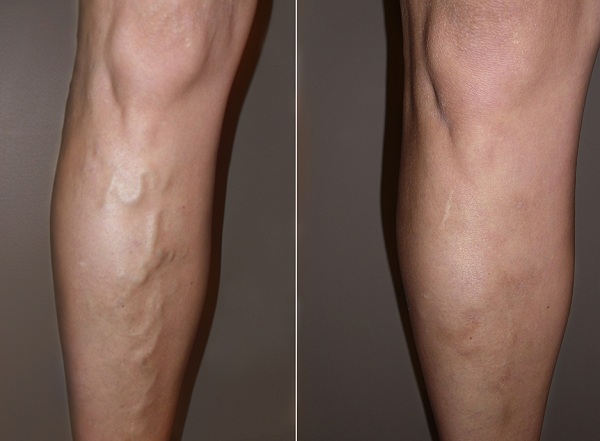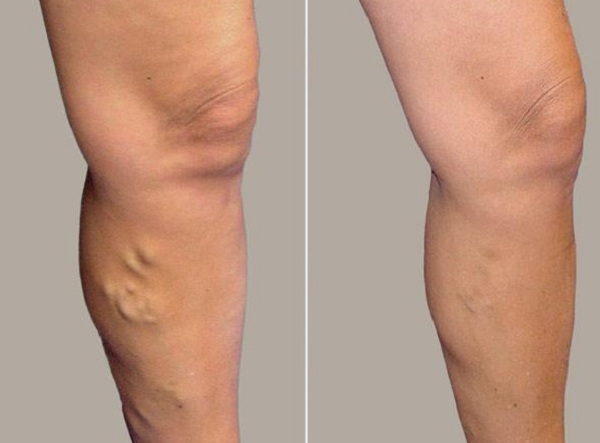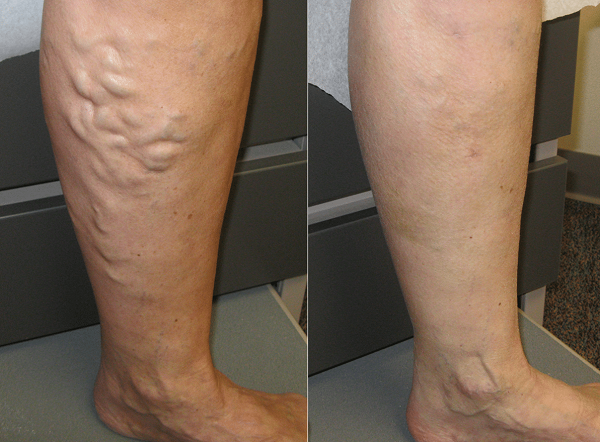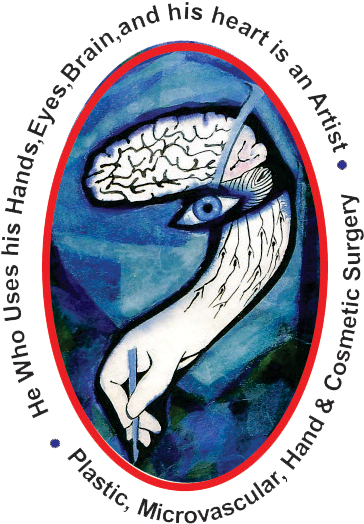Varicose Vein Treatment
Sclerotherapy. In this procedure, your doctor injects small- and medium-sized varicose veins with a solution or foam that scars and closes those veins. In a few weeks, treated varicose veins should fade. Although the same vein may need to be injected more than once, sclerotherapy is effective if done correctly. Sclerotherapy doesn’t require anesthesia and can be done in your doctor’s office.

Additional treatments for more-severe varicose veins
Foam sclerotherapy of large veins. Injection of a large vein with a foam solution is also a possible treatment to close a vein and seal it.
Laser treatment. Doctors are using new technology in laser treatments to close off smaller varicose veins and spider veins. Laser treatment works by sending strong bursts of light onto the vein, which makes the vein slowly fade and disappear. No incisions or needles are used.
Catheter-assisted procedures using radiofrequency or laser energy. In one of these treatments, your doctor inserts a thin tube (catheter) into an enlarged vein and heats the tip of the catheter using either radiofrequency or laser energy. As the catheter is pulled out, the heat destroys the vein by causing it to collapse and seal shut. This procedure is the preferred treatment for larger varicose veins.
High ligation and vein stripping. This procedure involves tying off a vein before it joins a deep vein and removing the vein through small incisions. This is an outpatient procedure for most people. Removing the vein won’t adversely affect circulation in your leg because veins deeper in the leg take care of the larger volumes of blood.
Ambulatory phlebectomy (fluh-BEK-tuh-me). Your doctor removes smaller varicose veins through a series of tiny skin punctures. Only the parts of your leg that are being pricked are numbed in this outpatient procedure. Scarring is generally minimal.
Endoscopic vein surgery. You might need this operation only in an advanced case involving leg ulcers if other techniques fail. Your surgeon uses a thin video camera inserted in your leg to visualize and close varicose veins and then removes the veins through small incisions. This procedure is performed on an outpatient basis.
Varicose veins that develop during pregnancy generally improve without medical treatment within three to 12 months after delivery.
Endovenous Laser Treatment
Breast augmentation is performed to enhance the appearance, size, and contour of a woman’s breasts. Women consider breast augmentation for many different reasons. Some women feel their breasts are too small. Some desire augmentation after their breasts change after pregnancy.
Questions? We got Answers!
The most common form of treatment in contemporary practice is either radiofrequency ablation or laser ablation of the varicose vein. This procedure is typically done in the office without sedation or anesthesia. A small needle is inserted into the vein after the skin in numbed and a catheter (about the size of a piece of spaghetti) is placed in the vein. The area around the vein it is numbed and the catheter is then turned on which treats the entire vein. There is minimal discomfort during the procedure and after the procedure is over the leg is wrapped up with an ace wrap for support.




